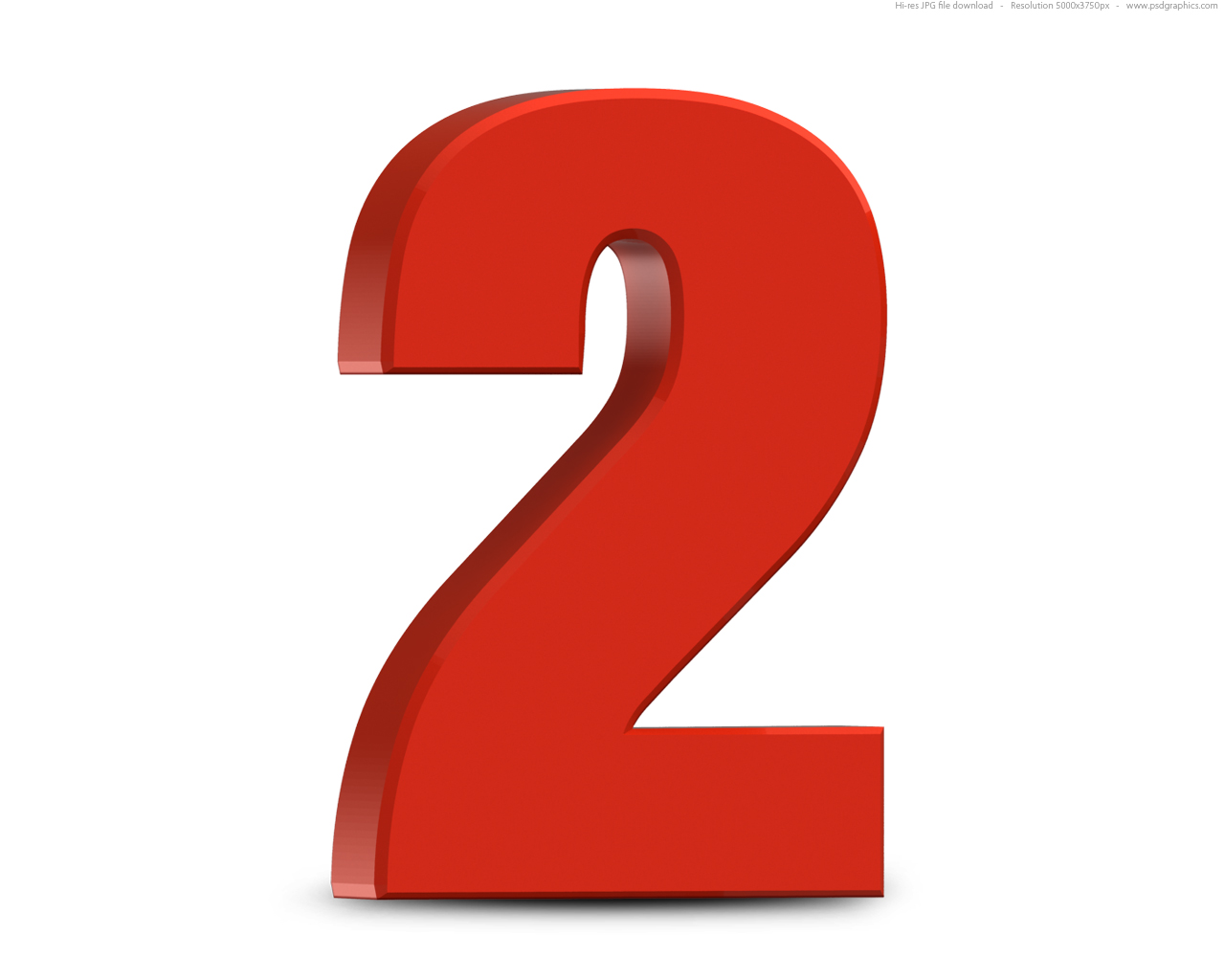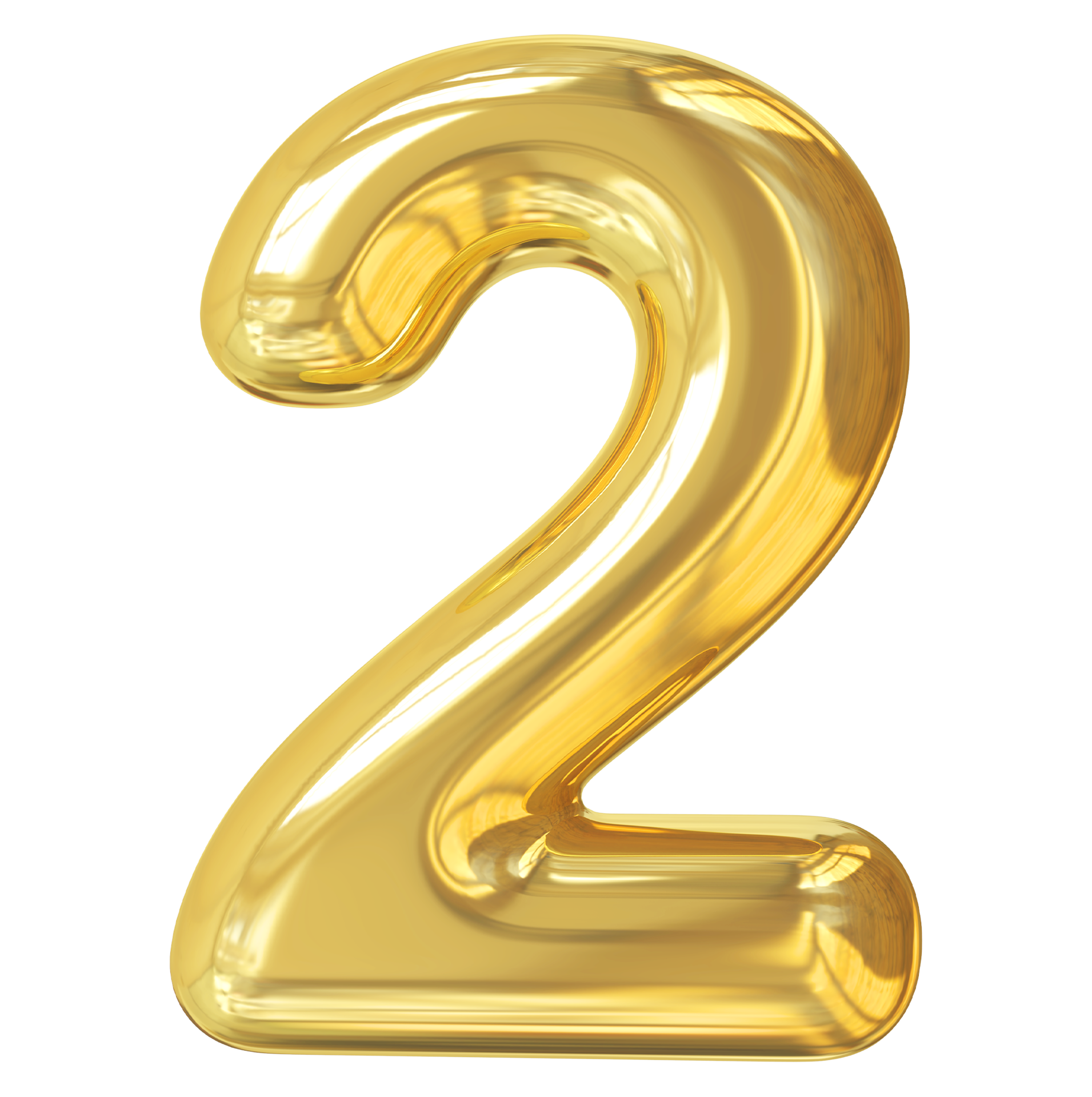There are moments, you know, when it feels like two very different ideas or ways of doing things just can't seem to get along. It's almost like a constant push and pull, a sort of energetic disagreement that plays out in the world around us. This kind of situation isn't really about people being difficult, but more about the varied ways we approach problems or try to make sense of things, which can, in a way, create friction.
Sometimes, it’s about how we gather information, or perhaps how we interpret the details we find. We might see two distinct paths, both aiming for a similar outcome, yet each following its own set of rules or preferences. This often leads to what might appear to be a kind of struggle, where different methods vie for attention or acceptance, and it can be quite a sight to observe, honestly.
So, when we consider these differing viewpoints, it's worth exploring what happens when these distinct approaches meet. How do we make sense of the back-and-forth, and what can we learn from these moments of contrast? We'll take a look at some everyday examples that show us how these kinds of interactions play out, pretty much everywhere.
- Ben Affleck Height Weight
- Queen Band Members
- Cast Of Shameless
- How Did Whitney Houston Die
- How Old Is Trixie Mattel
- What Happens When Two Approaches Clash?
- Can We See Clearly With Differing Views?
- Choosing a Path - When Two Options Present Themselves
- How Do We Bridge the Gap Between Opposing Sides?
- Understanding Different Standards
- Navigating Life's Complexities
- When Perspectives Don't Align
- Finding Common Ground
What Happens When Two Approaches Clash?
It's interesting, isn't it, how often we see two distinct ways of tackling a problem? Think about how information is shared and found on the internet, for example. You have platforms that are built on different philosophies, and this can sometimes feel like they're in a quiet competition, a kind of conceptual struggle for the best way to deliver answers. It’s a bit like two different schools of thought, each with its own strengths and its own loyal followers, you know?
The Battle of Information - Zhihu and Baidu's Different Ways
Consider the contrast between platforms like Zhihu and Baidu Zhidao. Zhihu, for instance, really focuses on being a place where people with genuine experience, those who are truly knowledgeable, gather to share their insights. It’s all about in-depth answers, a place where you can find detailed perspectives from folks who have lived through something or are experts in their field. It’s pretty much about quality, deep content, and fostering a community where people can really dig into a subject, you know?
On the other hand, Baidu Zhidao, it’s a huge platform, really, designed to give quick answers to a massive audience. It uses smart technology to help people find solutions fast, aiming to make sure that almost any question can get a quick and effective reply. So, in a way, you have one platform that's about detailed, expert-driven contributions, and another that's about broad, quick access to information, sometimes even through artificial intelligence. They're both trying to help people find answers, but their methods are quite different, which could be seen as a gentle 'fighting' for user preference.
Can We See Clearly With Differing Views?
When you have two different ways of looking at something, it can sometimes feel a bit blurry, right? It’s like trying to make sense of a situation where everyone has a slightly different take on what’s going on. This often requires us to adjust our own perspective, to really try and understand the other side, or perhaps even multiple sides, to get a full picture. It's not always easy, but it’s definitely a necessary step, in a way, for better comprehension.
Adjusting Our Focus - Like Eyeglass Prescriptions for Understanding
Think about getting a new pair of glasses. You have specific numbers for each eye, like a right eye that might need correction for 150 degrees of nearsightedness and 200 degrees of astigmatism, with the axis at 180 degrees. Then your left eye might have its own set of numbers, perhaps 50 degrees of nearsightedness and 150 degrees of astigmatism, also at 180 degrees. Each eye needs its own precise adjustment to see clearly. If you just applied the right eye’s prescription to the left, or vice versa, things would be pretty much out of focus, wouldn't they?
This is a lot like how different viewpoints work. Each perspective has its own "prescription," its own unique way of seeing things. If we try to force one perspective onto another, or if we don't acknowledge the specific needs of each side, we end up with a muddled understanding. The 'fighting' of these differing visual needs highlights the importance of individual clarity. It teaches us that to truly see a situation, we need to understand the distinct "settings" or "corrections" required for each individual point of view, actually.
Choosing a Path - When Two Options Present Themselves
Life, you know, often presents us with choices. Sometimes it's a straightforward decision, but other times, it feels like two equally compelling options are vying for our attention. This can create a kind of internal 'fighting' as we weigh the pros and cons, trying to figure out which path makes the most sense for us. It's a common experience, really, and it speaks to the variety of good things available.
Picking the Best Phone - A Modern Day 'Fighting' of Features
Consider the process of picking a new cell phone. You might be looking at recommendations for the best value phone in 2025, comparing different brands and price ranges. One phone might excel in camera quality, while another offers a longer battery life, and yet another boasts a super-fast processor. Each device, in a way, is presenting its best features, trying to convince you that it’s the superior choice. This creates a kind of friendly competition, a 'fighting' of specifications, if you will, for your attention and your money.
The "fight" here isn't hostile; it's about different products offering different strengths to meet diverse user needs. It highlights how various designs and functionalities compete for market space, offering people a range of options. Understanding this sort of 'fighting' helps us appreciate the innovation and choice available, allowing us to make a decision that fits our personal requirements, which is, you know, pretty helpful.
How Do We Bridge the Gap Between Opposing Sides?
It's a common question, isn't it, how to bring together ideas or systems that seem to be at odds? Sometimes, the best way to understand different approaches is to see them not as absolute opposites, but as different modes or ways of interacting within the same overall framework. This perspective can help us move beyond a simple 'fighting' mentality to a more integrated view, as a matter of fact.
Different Modes of Play - From Survival to Creative 'Fighting' in Games
Take a game like Minecraft, for instance. You have the classic survival mode, where players gather resources, build shelters, hunt for food, and craft tools to stay alive. It’s all about managing limited resources and facing challenges head-on. Then, you can switch to creative mode, where you have unlimited resources, can fly, and build anything you want without any threats. These are two very different ways to experience the same game world, right?
The 'fighting' here isn't between the modes themselves, but perhaps between the player's desire for challenge versus their desire for unbridled creation. Each mode offers a unique experience, catering to different player preferences. Understanding that these modes exist, and that you can switch between them, shows how different ways of engaging can coexist within a single system. It's about recognizing the value in each approach, rather than seeing them as inherently conflicting, basically.
Understanding Different Standards
In many areas of life, we encounter different ways of measuring or categorizing things. This can sometimes lead to confusion, or even a kind of quiet disagreement, when people are used to one system and then encounter another. It's a bit like speaking different dialects of the same language, where subtle differences can lead to misunderstandings, you know?
The 'Fighting' of Measurement Systems - Inches Versus Millimeters
Consider the different ways we measure pipe sizes. You might hear about pipes being 4-inch, 6-inch, 1-inch, or even up to 8-inch. But then, those measurements translate to very specific millimeter sizes: 15mm, 20mm, 25mm, 32mm, 50mm, 65mm, 80mm, 100mm, 125mm, 150mm, and 200mm. The "inch" here refers to the imperial inch, a system that’s different from the metric system used for millimeters. So, you have two distinct measurement systems, both describing the same physical object, but using different scales and terms.
This isn't really a 'fighting' in the sense of conflict, but rather a clash of conventions. It highlights how different standards exist and how important it is to know which system is being used to avoid errors. The fact that we have to convert between these two systems, more or less, shows that while they describe the same reality, their internal logic is different. It’s about recognizing that different frameworks can apply to the same thing, and that understanding both is pretty useful.
Navigating Life's Complexities
Life, it seems, is full of moments where we need to find our way through various processes, or simply make sense of our feelings. Sometimes, it’s about following a set of steps, and other times, it’s about trying to grasp the deeper meaning of something, like a piece of music. These different kinds of navigation can sometimes feel like a bit of a challenge, a subtle 'fighting' against uncertainty, really.
Finding Your Way - Like Logging Into a System or Understanding a Song's 'Fighting' Emotions
Think about logging into a website, like the official Gaokao portal. You visit the site, find the login link, enter your username and password, and if you forget them, there's a process to get them back. It’s a very structured, step-by-step process, designed to get you where you need to be. Similarly, accessing a major search engine like Baidu involves knowing its official web address and navigating its interface. These are straightforward, logical steps to achieve a goal, basically.
Then, consider something completely different, like the lyrics to a song, perhaps BigBang's "Haru Haru." The words speak of a heart that's shattered, like waves breaking, and a spirit that's shaken like the wind. It’s about realizing one's own insignificance without another person, asking for forgiveness, and feeling deep regret. This is a very different kind of navigation – not through a system, but through a landscape of raw human emotion. The 'fighting' here is internal, a struggle with feelings of loss and remorse. Both logging in and understanding a song are ways of navigating, but they operate on completely different levels of experience, honestly, showing the varied ways we interact with the world.
When Perspectives Don't Align
It's pretty common, isn't it, for people to see the same situation in entirely different ways? What one person considers a clear path, another might see as a confusing mess. This divergence in how we perceive things can lead to a kind of quiet disagreement, a situation where ideas don't quite fit together. It’s a challenge that comes up pretty much all the time, you know, in our daily lives.
The Challenge of Misaligned 'Fighting' Ideas
When you have two distinct viewpoints, and they genuinely don't line up, it can feel like a subtle 'fighting' of concepts. One person might focus on efficiency, while another prioritizes thoroughness. One might see a solution as simple, while another perceives it as overly complicated. These aren't necessarily personal attacks, but rather inherent differences in how people process information and prioritize outcomes. It's a bit like two different puzzle pieces that, while part of the same picture, just don't quite interlock perfectly, actually.
This misalignment isn't always a bad thing; sometimes, it highlights areas where more thought is needed, or where a third, perhaps better, approach could emerge. The 'fighting' of these ideas, in a way, pushes us to think more deeply, to question our own assumptions, and to consider the broader scope of a problem. It's about recognizing that there's more than one valid way to interpret or respond to a situation, and that's pretty valuable, too it's almost.
Finding Common Ground
Despite all the ways that ideas or systems can differ, there's usually a way to find some shared understanding, or at least a way to coexist. It’s about moving past the initial friction and looking for the underlying connections or shared goals. This process can be quite rewarding, leading to a more complete picture, or perhaps even a new way forward, at the end of the day.
Moving Beyond the 'Fighting' of Misunderstandings
When we encounter what seems like a 'fighting' of ideas, the goal isn't always to declare a winner. Instead, it's often about understanding the origins of the differences. Why does one platform prioritize expert content while another aims for broad accessibility? Why do we have different measurement systems? Why do people find different features important in a phone? By asking these questions, we start to see that the 'fighting' isn't about one being inherently wrong, but about different needs, different histories, and different purposes, honestly.
Moving beyond this perceived 'fighting' means appreciating the diversity of approaches. It means recognizing that sometimes, two seemingly conflicting ideas can both hold truth, depending on the context. It’s about building bridges between these different perspectives, perhaps by finding a way to integrate them, or simply by acknowledging that multiple valid paths exist. This approach, you know, allows for a richer understanding of the world and the varied ways we interact with it, which is pretty important, actually.
Related Resources:



Detail Author:
- Name : Arielle Kuhlman
- Username : kendrick.cummings
- Email : shanelle37@ohara.com
- Birthdate : 1978-07-15
- Address : 864 Lynch Center Hoegerfurt, TN 43251
- Phone : (870) 992-8790
- Company : Berge, Abshire and Gutkowski
- Job : Optometrist
- Bio : Autem incidunt incidunt est quaerat. Reiciendis dolorum rem quia non. Qui voluptatem harum eum ut rerum occaecati. Commodi consequatur beatae non dolor.
Socials
twitter:
- url : https://twitter.com/mercedes6013
- username : mercedes6013
- bio : Sequi sed aut vel fugit enim fugiat. Repudiandae optio nam rem sit. Vero cum consequuntur fugiat eum aliquam possimus. Quae delectus quia eum ipsa.
- followers : 5766
- following : 277
linkedin:
- url : https://linkedin.com/in/mercedes6176
- username : mercedes6176
- bio : Quis ducimus excepturi dignissimos neque esse.
- followers : 3909
- following : 2960
tiktok:
- url : https://tiktok.com/@mercedes_spinka
- username : mercedes_spinka
- bio : Necessitatibus est non et incidunt explicabo.
- followers : 1046
- following : 608
instagram:
- url : https://instagram.com/mercedes.spinka
- username : mercedes.spinka
- bio : Autem laborum dicta quis veritatis consectetur. Similique quis unde sit occaecati et nihil.
- followers : 5900
- following : 552
facebook:
- url : https://facebook.com/spinka1982
- username : spinka1982
- bio : Adipisci aliquid qui vero aperiam doloribus quaerat.
- followers : 3177
- following : 2523